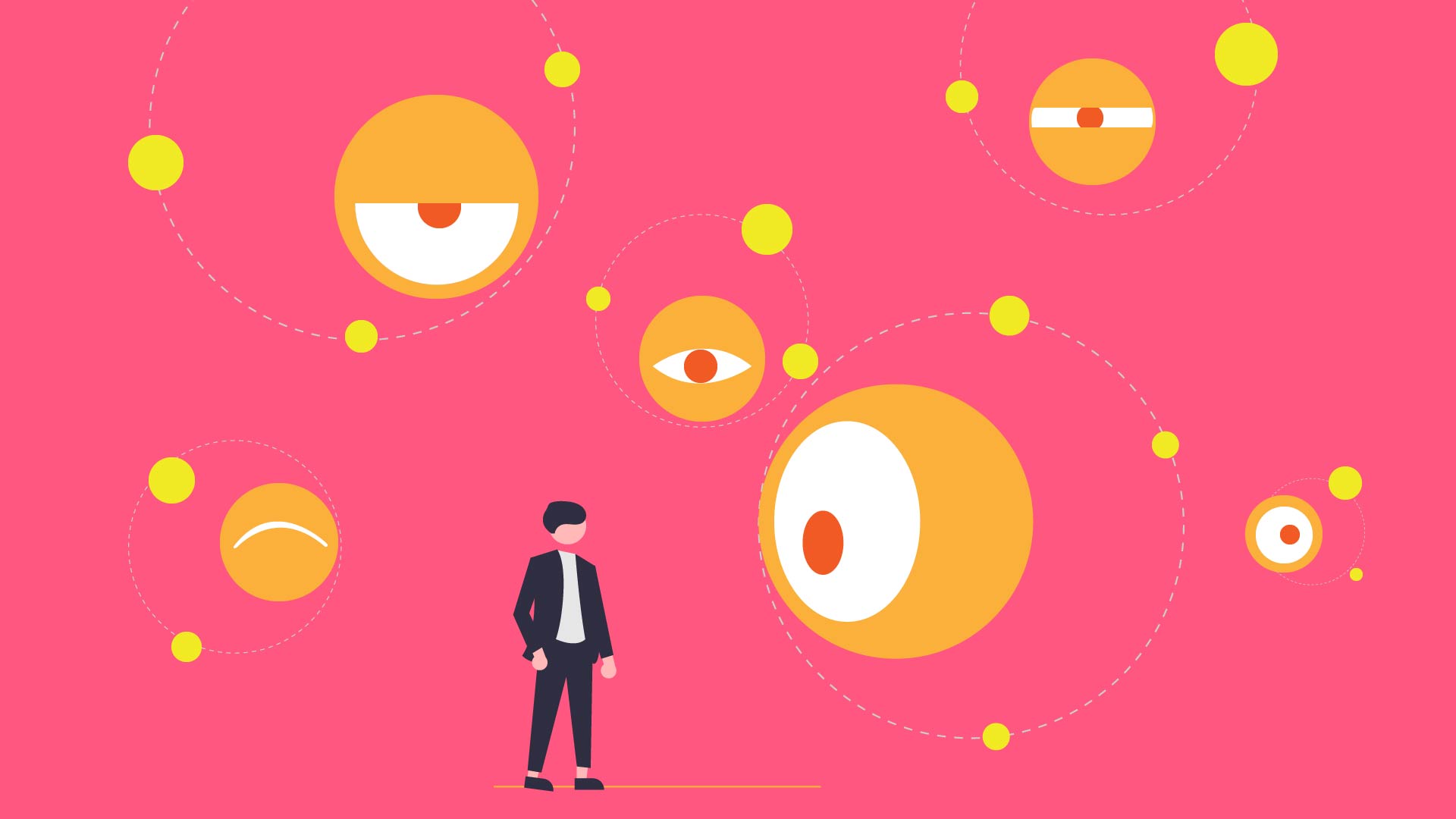If you thought it was impossible to read facial expressions from masked faces during the pandemic, think again. A study has found that people are surprisingly good at reading mental states from just the eyes, seen, that too, for just a fraction of a second.
In the study by Gunnar Schmidtmann et al., participants (N = 30) were shown photographs of eye regions and told to name the mental state of the person in the photograph. The mental state was to be chosen from 4 alternatives in each trial, taken from a predetermined pool of 93 mental states. The participants were also asked to self-appraise their accuracy.
Participants, on average performed better than would be predicted by chance across all presentation times (12.5 milliseconds to 100 milliseconds!). With longer presentation times (50 ms to 100 ms), the percentage of participants performing better than chance exceeded 70 %. Researchers found that participants significantly underestimated their ability to identify expressions.
Participants considered themselves to be guessing on a significant proportion of trials, yet they consistently perform better than chance, even for extremely short presentation times. The accuracy of identification leveled off around 55%. But, given that participants made their guesses from just a pair of eyes, it seems (as the authors concluded) humans “are able to recognize subtle and fine-grained differences between facial expressions within a fraction of a second”. The finding supports the view that eyes provide a huge chunk of information normally used to identify facial expressions.
Read more about the study here.








